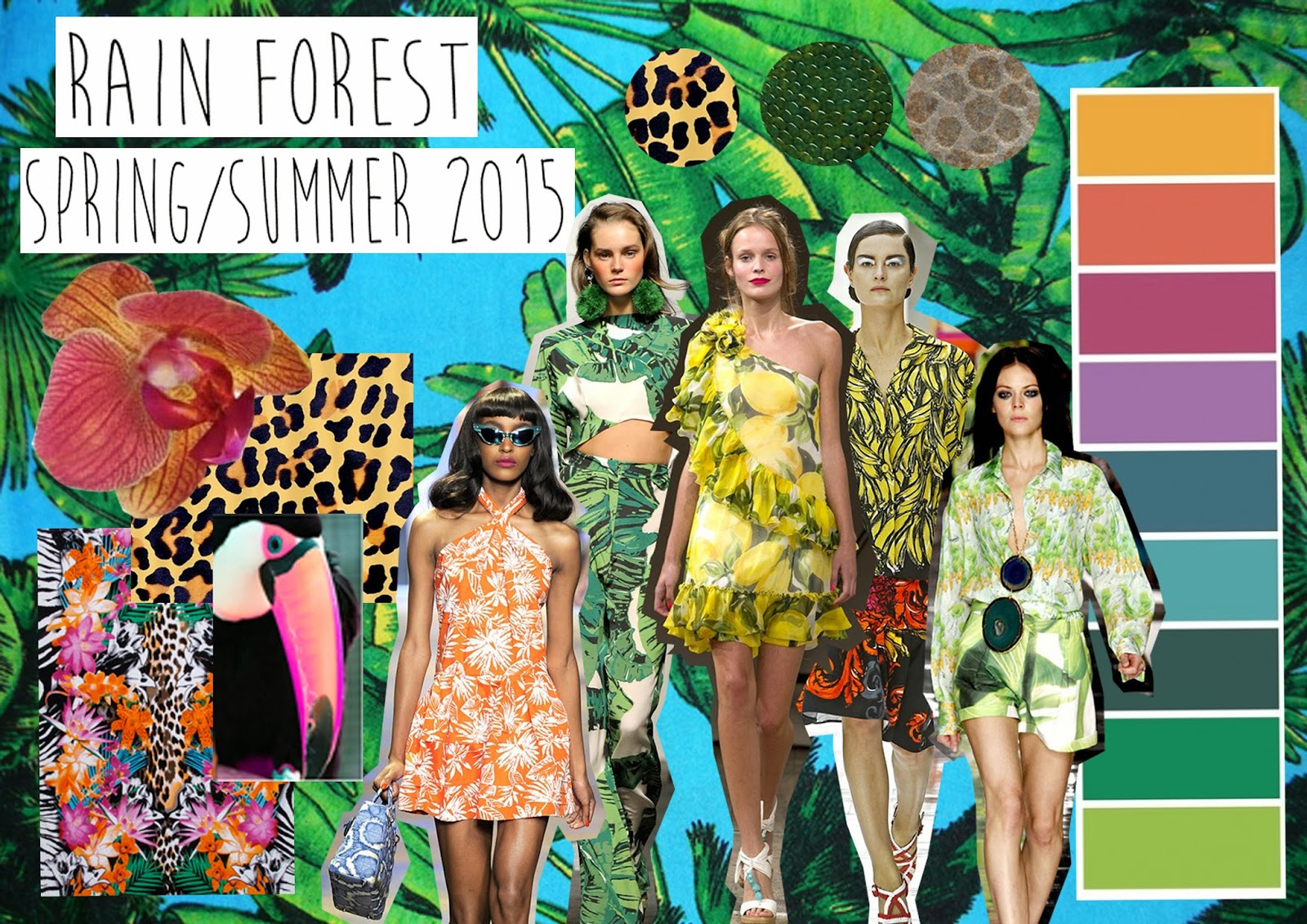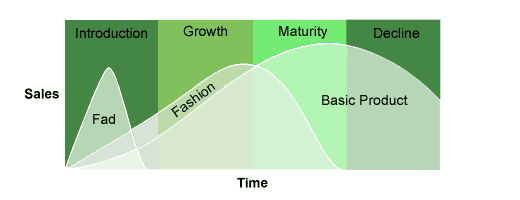How can Social issues have an impact on fashion?
Social issues impact fashion by social media. Social media plays a massive role when it comes to fashion. Social media is about advertising, such as magazines, newspapers and social networking sites, like, Facebook, instagram and blogs.
The issues that occur with social media is that people see fashion products in magazines and on web-sites which are on trend and people what to purchase them. As the fashion produced are being advertised it makes people want to part with their money, but as people are earning less and working more they are not earning enough to buy all the fashion products they desire. This means that clothing and fashion products will not get brought from the shops due to people not having enough money to freely spend, Which then affects the companies not making enough money.
The thoughts I have on this topic is that social media are right to advertise fashion garment and support the fashion industry, but were I think the problems lie are that the price of the fashion garment it still too high to purchase. If the price of the garment came down, then maybe more people would be likely to part with their hard earned cash, but then the problem may be the way the garments are being produced in different countries and how they are getting paid.
How can Technological issues have an impact on fashion?
Technological issues has a
massive impact on fashion. Technological issues link to social media, Social
media use technology to advises though blogs and videos. Also, as the years
have gone by technology has got better and better, machines are being used to
create and cut fabrics, for example, Laser cutters and 3D printers, this makes
life easier for companies which then can produce more and make more money. On
the down side to this a loss of jobs may occur due to machines taking over
peoples jobs and the companies then save money on paying staff a wage.
An example of technology being used
in fashion is a 3D Printer.
These 3D printers are used in fashion
to create garments that are three dimensional against the body as well on the
catwalk. People are calling it the 'future
of fashion'. 3D printing gives you the chance to create exactly what you
want, a 'sculptural piece of art'. A full 3D garment takes 40 hours to produce
a 8 part garment.
Many people in the fashion industry
say that it will most likely become cheaper and and we all will be able to
print our own 3D garments, from hats to dress to shoes. Also, knitted fabrics
are being made from 3D printers which allows us to knit an whole outfit.
To see the whole story *click here*
There have been a lot of publicity on
the 3D printers, there is talk of the printers being used to create a blueprint
for future sustainable design and production. *Click
here to see Story*
The thoughts I have on the 3D Printer
and the technological issues are that hopefully one day the printer can be
brought and used in education as a way of learning and experimenting with new
technology. I feel that it would make a great impact on students, like myself
that is moving into higher education would allow myself to explore the
possibilities of technology and how it can be used in fashion, in a innovative
way.
How can Legal issues have an impact on fashion?
Legal issues has an impact on
fashion by the way companies are manufacturing their clothes. Companies are not
being fair on the way they treat their staff in their factories and do not help
once something goes wrong with/within the factory walls. Companies can get past
the legal system by employing underage children to work as well as long hours
with no breaks which very little pay. Different companies handle there
factories differently, for example, Primark hand out poor wages and long
working hours top their staff, but it all changed when the press got a hold of
what Primark were doing, so Primark changed, The company was one of the first
to help when their factory in Bangladesh collapsed which left to good press.
Unlike Primark higher designer labels do not manufacture in third world
countries, for example, Mulberry started producing Mulberry bags in the
Somerset, UK as they have grown they have had to expand but still do not
manufacturer in places like China and India.
The way staff are treated in third
world counties needs to change, Fair pay is a massive issue due to the long
hours and hardly any pay, the working conditions needed to be adjusted to make
it a safe environment for them all, But all these positive issues have their
own impact, paying the staff a fair wage will end up have an affect on
everything within the chain of manufacturing, everything then will become more
expensive which in the long run will end up the clothing in the shops more
expensive, which then means we will not be able to afford the clothing.
The thoughts I have on this issue is
that world we live in we are treated fairly and with respect within the
workplace, but, in third world countries they are not. I am so lucky to have
work placements that are the complete oppisite to these third world counties,
but have sympathy towards the workers that do not get the same treatmwent as
us. I would hope that one day these issues can be put to rest and every worker
around the world can be treated fairly.



























